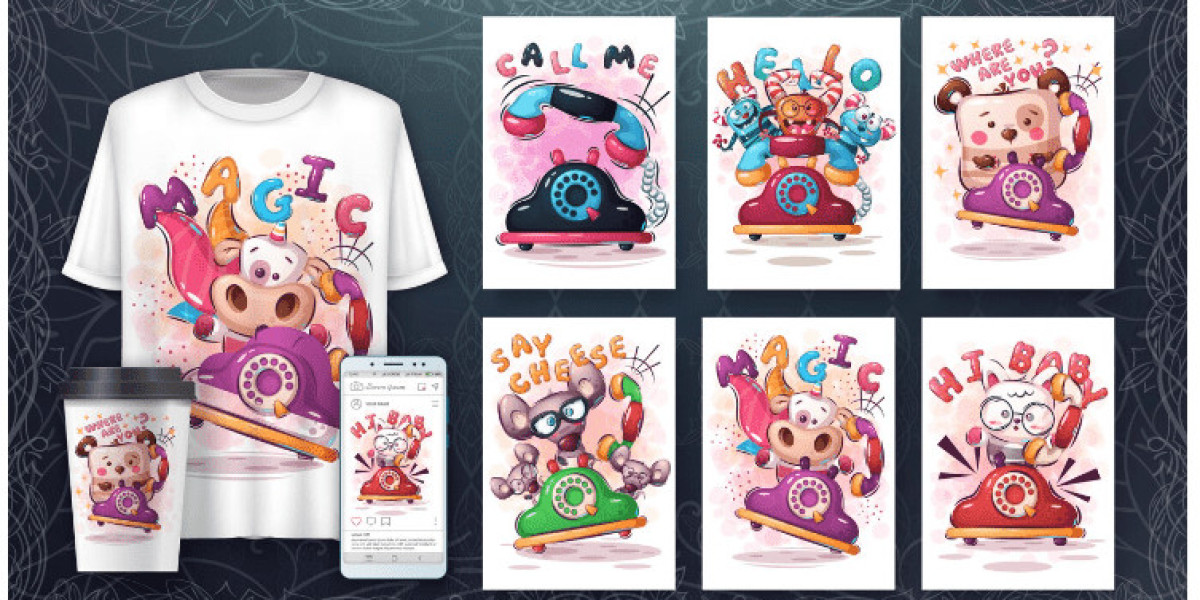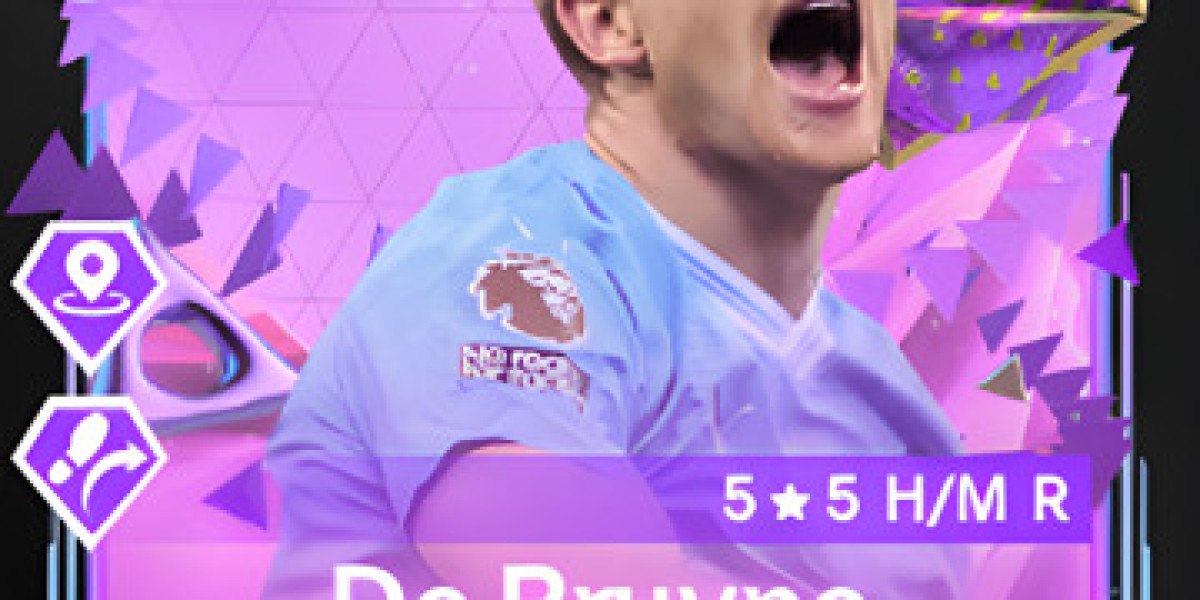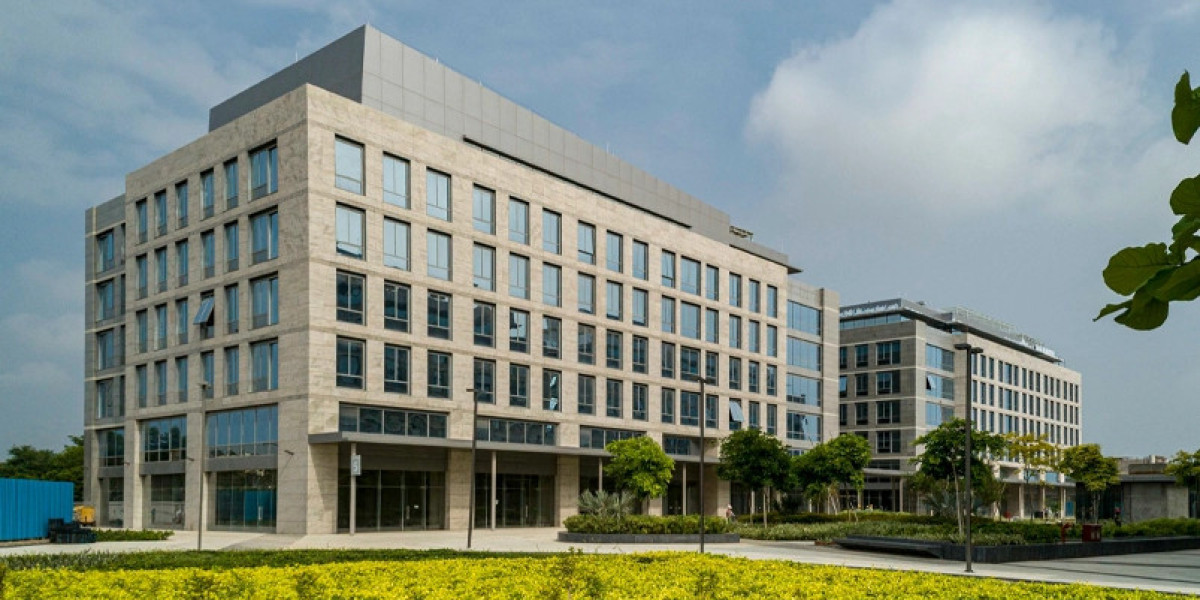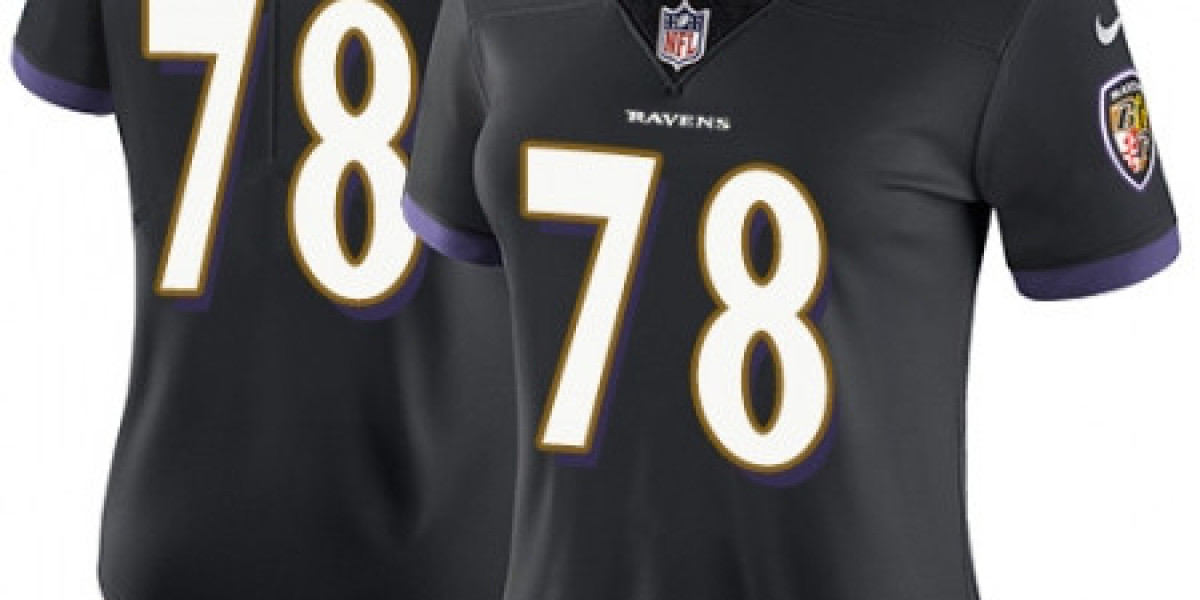In the custom apparel industry, direct to film transfers and DTF printing have become game-changers. These techniques offer a flexible, high-quality alternative to traditional methods, allowing for vibrant, detailed prints on a wide range of fabrics. Whether you’re a small business owner, a hobbyist, or a large-scale manufacturer, understanding DTF printing can open up new possibilities for your products.
What is DTF Printing?
DTF printing stands for Direct-to-Film printing. It’s a process that involves printing designs onto a special film, which is then transferred onto fabric using a heat press. This method bypasses some of the limitations of other printing techniques, such as the need for fabric pretreatment, and works on various materials, including cotton, polyester, blends, and more.
How DTF Printing Works
- Design Creation: The process starts with creating a digital design, which is then printed onto a PET (polyethylene terephthalate) film using a DTF printer. These printers use water-based inks to produce vibrant, high-resolution images.
- Adhesive Application: After printing, a hot-melt adhesive powder is applied to the printed film. This powder sticks to the ink, creating a layer that will bond the design to the fabric.
- Curing: The adhesive-coated film is then heated to cure the adhesive. This step ensures that the powder adheres properly and forms a strong bond with the fabric when pressed.
- Transfer to Fabric: The cured film is placed on the fabric, and a heat press is used to transfer the design. The combination of heat and pressure melts the adhesive, causing the design to stick firmly to the fabric.
- Peeling: Once the pressing is complete, the film is peeled away, leaving behind a vibrant, durable print.
Benefits of DTF Printing
DTF printing offers several advantages over other printing methods, making it a popular choice for custom apparel production:
- Versatility Across Fabrics: DTF printing is compatible with a wide variety of fabrics, including cotton, polyester, blends, and even non-textile materials. This makes it suitable for diverse applications, from T-shirts and hoodies to bags and accessories.
- No Pretreatment Required: Unlike Direct-to-Garment (DTG) printing, which often requires fabric pretreatment, DTF printing can be applied directly to the fabric without additional steps, saving time and reducing costs.
- Durability and Quality: Prints produced with DTF printing are highly durable, capable of withstanding multiple washes without fading, cracking, or peeling. The method also allows for detailed, full-color designs, making it ideal for intricate artwork.
- Cost-Effective for All Order Sizes: Whether you’re producing a single custom item or a large batch, DTF printing is cost-effective. It doesn’t require expensive setup or materials, making it suitable for both small and large orders.
- Environmentally Friendly: DTF printing uses water-based inks and produces less waste compared to some other printing methods, making it an eco-friendly option.
Direct-to-Film Transfers
Direct-to-Film transfers are the key components of the DTF printing process. These transfers allow for efficient and flexible production, as they can be prepared in advance and applied to garments as needed. This makes them ideal for businesses that need to fulfill custom orders quickly and efficiently.
Advantages of Direct-to-Film Transfers
- On-Demand Production: Direct-to-Film transfers can be stored and used when needed, allowing for quick turnaround times on custom orders.
- High-Quality Prints: The transfers provide sharp, vibrant prints with excellent color accuracy and detail, ensuring a professional finish.
- Reduced Inventory Costs: By using Direct-to-Film transfers, businesses can reduce the need to keep large inventories of pre-printed items, minimizing storage costs and allowing for greater flexibility in product offerings.
Conclusion
DTF printing and Direct-to-Film transfers represent a significant advancement in the world of custom apparel. Their ability to produce high-quality, durable prints on a wide range of fabrics makes them a versatile and cost-effective solution for any printing needs. Whether you're looking to produce a single custom piece or manage large-scale orders, dtf printing offers the tools and flexibility to meet your goals with outstanding results.



